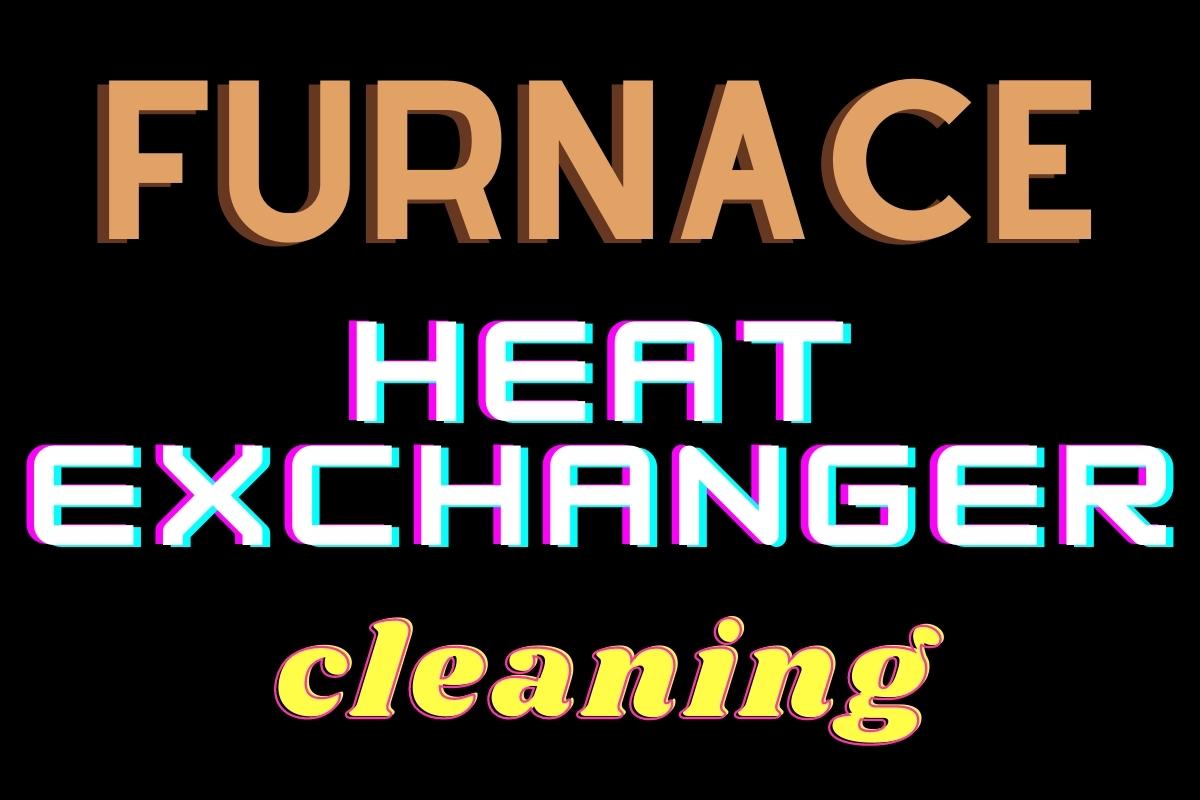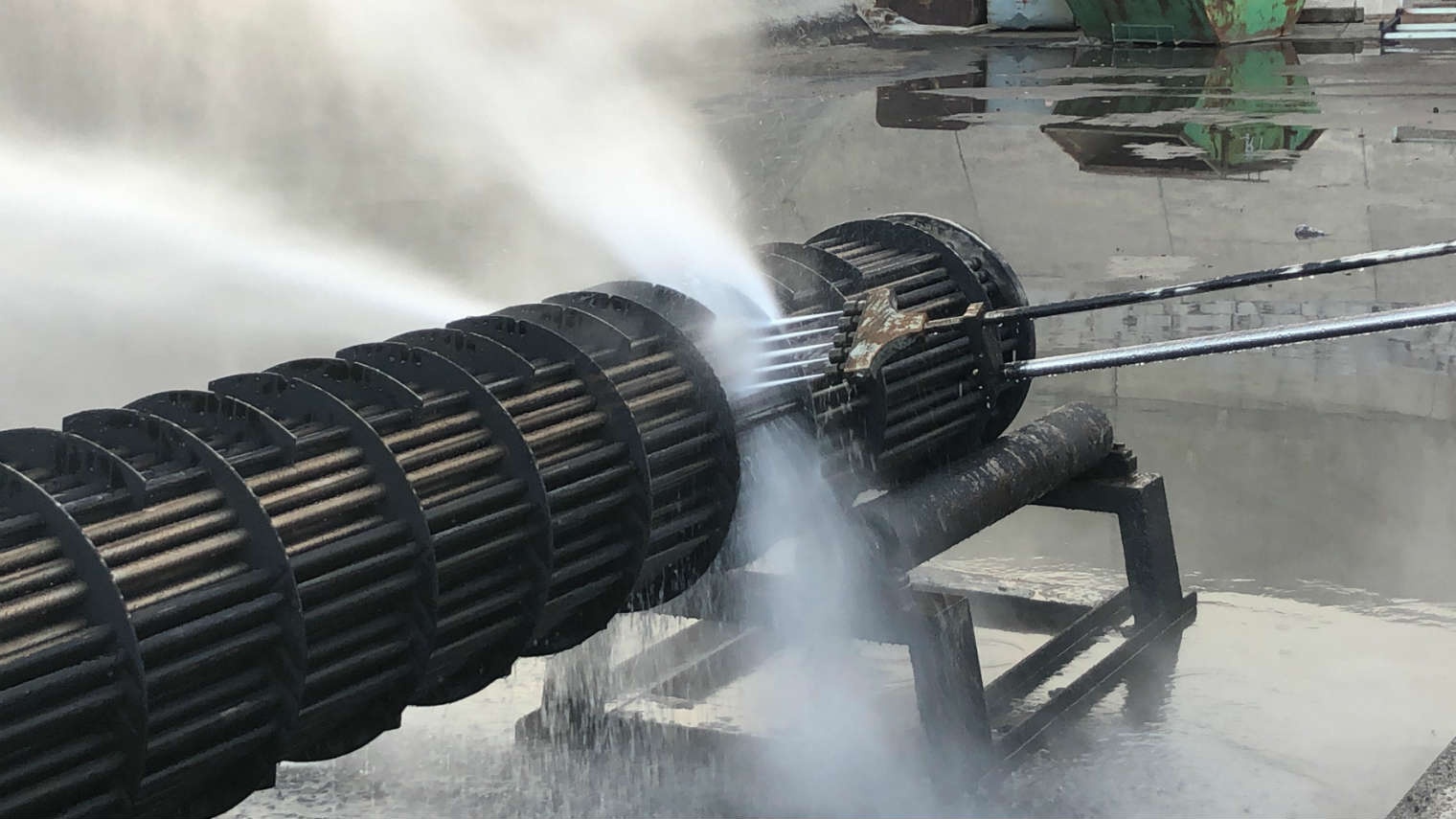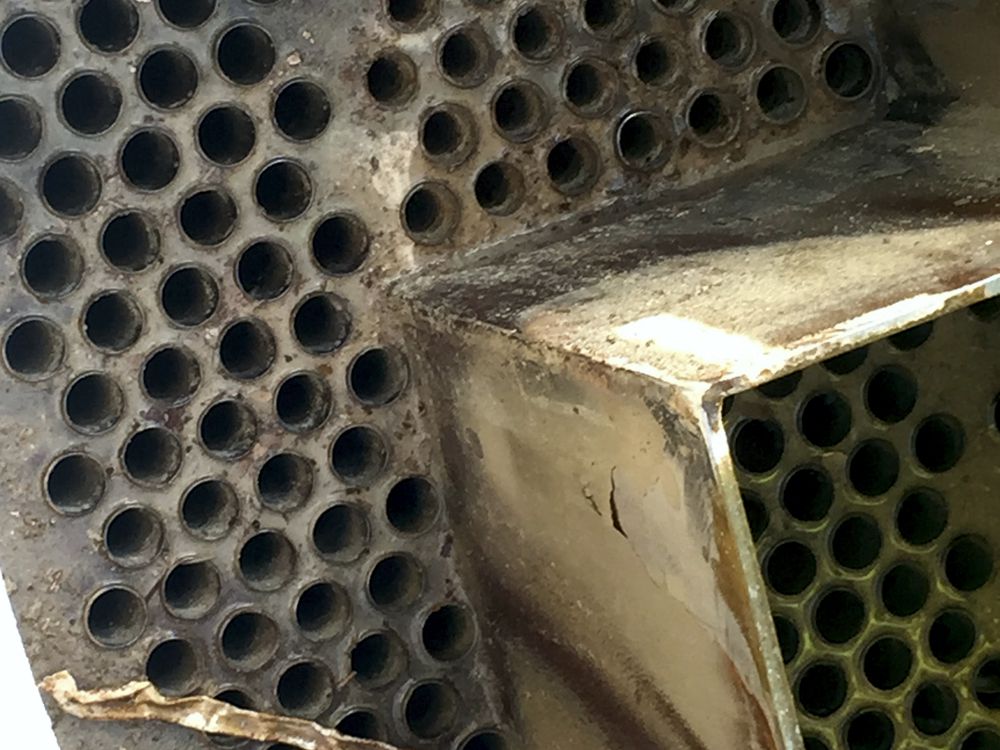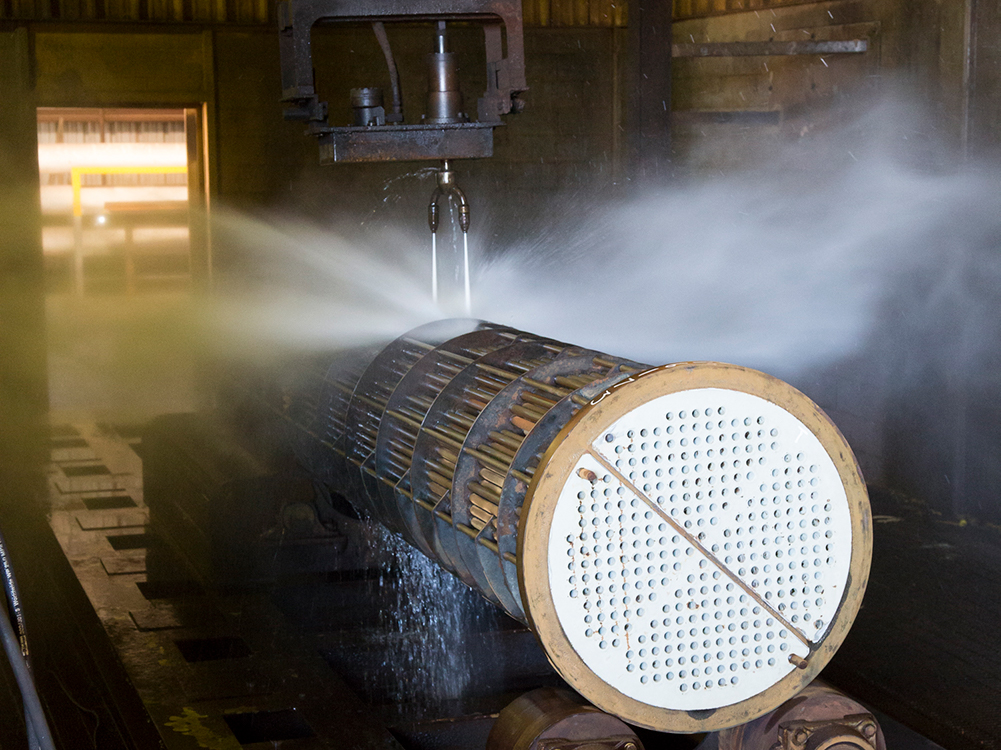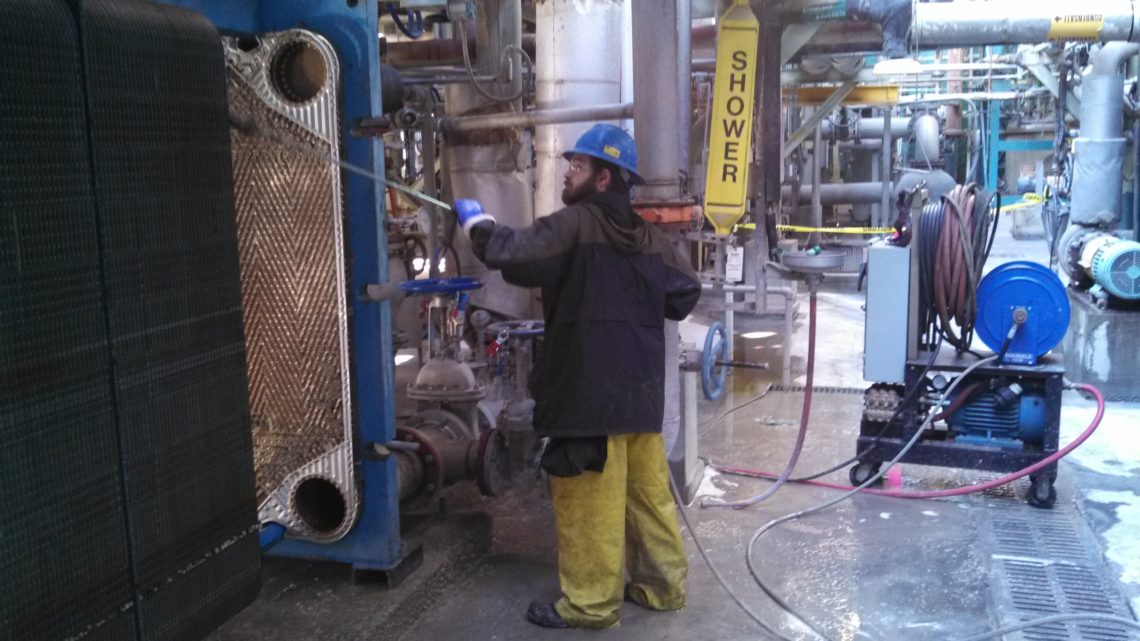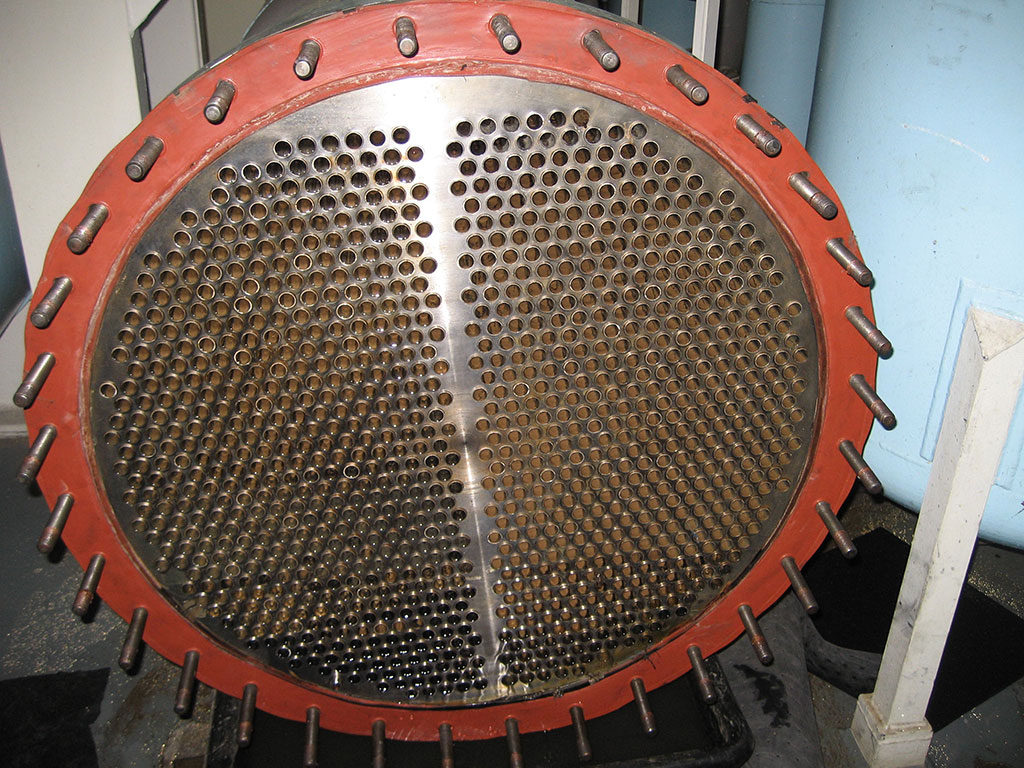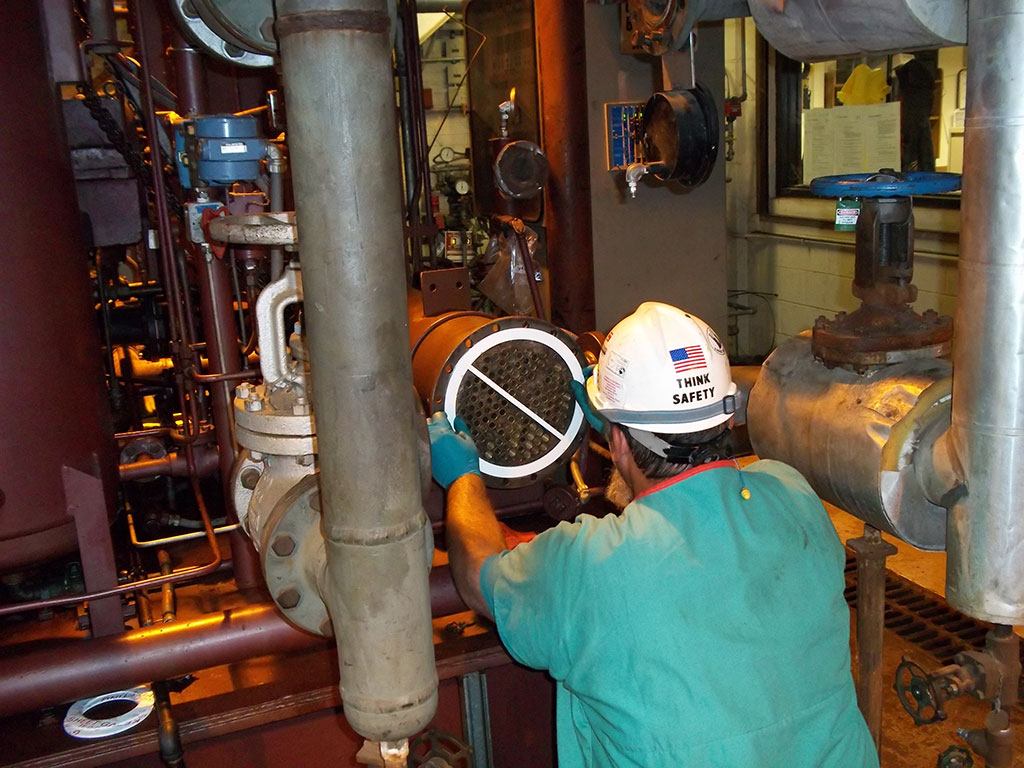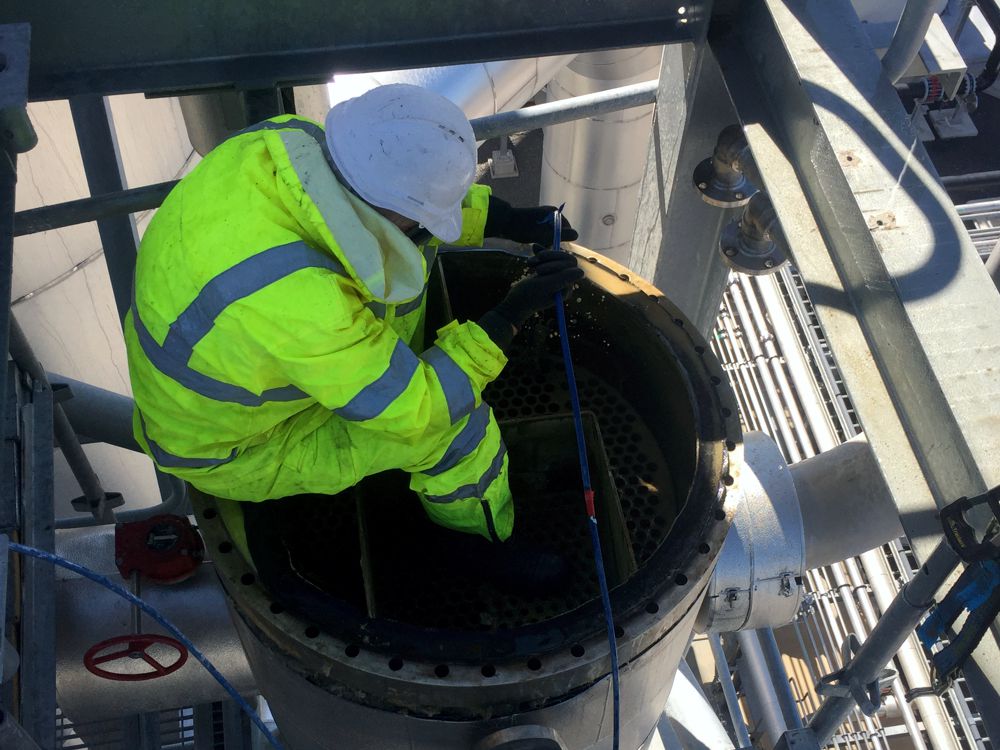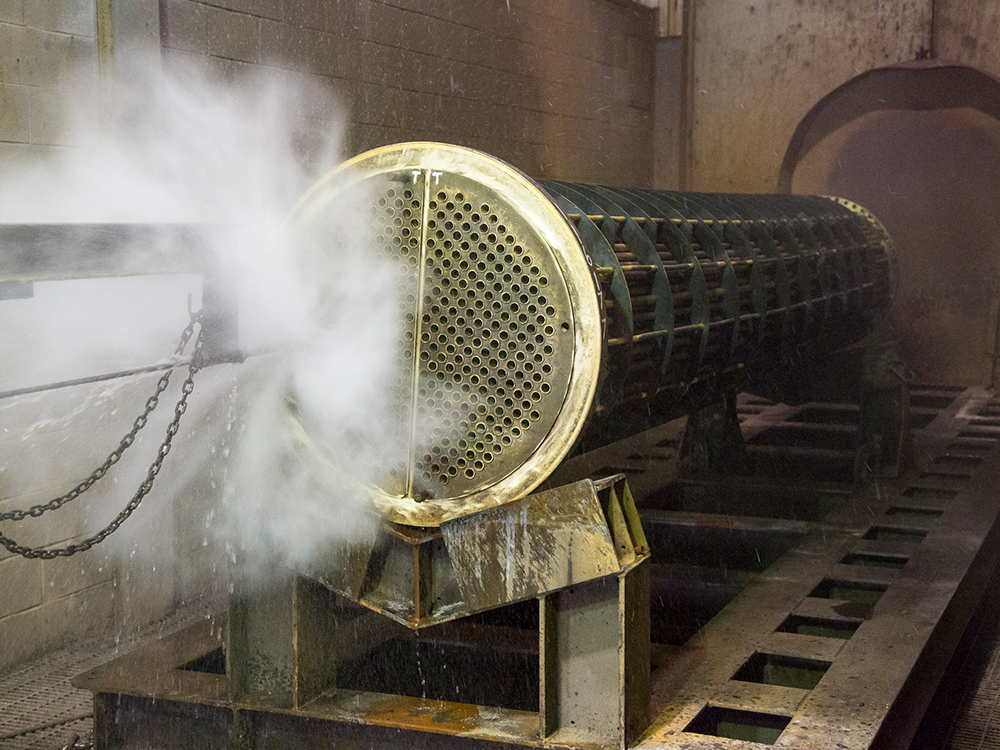Best Tips About How To Clean A Heat Exchanger

Fill and soak, fill and agitate or fill and circulate use of liquid chemical, vapor chemical, foam chemical or emulsion.
How to clean a heat exchanger. Cleaning methods for heat exchangers. When learning how to clean a furnace heat exchanger, you'll need to remove the access panel to reach the furnace's heat exchanger. First, turn off the power supply and let the equipment cool down.
Types of heat exchanger cleaning. Add a freshwater hose to your recirculation bucket on your pump system and turn the pump back on. Turn the power off to the furnace by turning off the breaker at the junction box.
Typically most heat exchanger cleaning is done by disconnecting and removing the heat exchanger from the operations. To clean the primary heat exchanger, follow the simple steps below: Table of contents why clean your furnace heat exchanger?
So, your first step is to locate the plate heat exchanger and isolate it from the system. Factors affecting heat exchanger fouling; You can use a damp cloth to clean pipes, hoses, and other areas of your gas furnace.
Inspect the heat exchanger for any debris, dirt, or obstructions that may. To clean a heat exchanger, follow these steps: Cleaning methods for heat exchangers;
This video shows how to use projectile tube cleaning's system to remove heat exchanger and condenser deposits. Next, vacuum up any dirt, debris, dust, and. Removing any debris or obstructions.
Finally, use a solution of warm water and mild detergent to scrub the exchanger, ensuring all areas are thoroughly cleaned. Contact us for heat exchanger cleaning. Remove dirt, dust, and debris from the heat exchanger.
However some sites may be interested in having the exchanger cleaning in place. To maintain efficient operation, keep the heat transfer surfaces of the heat exchanger clean. To flush your heat exchanger, turn off your circulation pump, remove the return hose from your recirculation system, and put it in a drain.
Cleaning heat exchangers is essential to maintaining their efficiency and prolonging their lifespan. Before starting the cleaning process, it is crucial to shut down the. Circulating cleaning fluid will tend to improve foulant removal rate.
A high rate of circulation may be difficult to achieve if cleaning connections are small or if the heat exchanger is blocked. Instead of cleaning just the plate heat exchanger, you could flush your whole central heating system annually instead. Start by ensuring you have the essential cleaning equipment, such as brushes, sprayers, and a vacuum.
